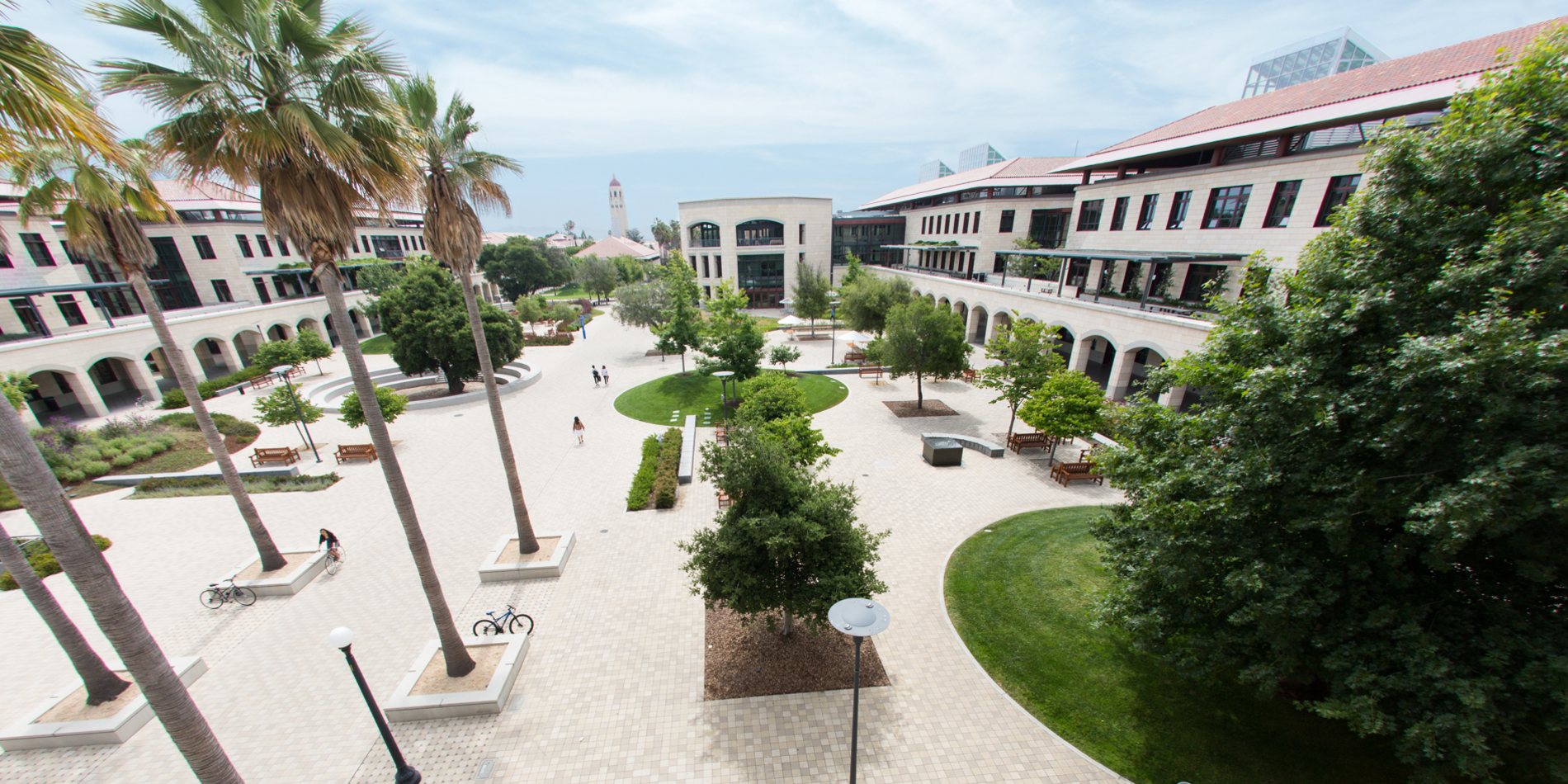New electrical engineering curriculum infused with a jolt of ‘maker’ energy
Undergraduate Diniana Piekutowski, EE '16, came to Stanford with an interest in sustainability that she could have pursued through several different majors.
“I eventually decided on Electrical Engineering because I wanted to learn the essence of energy and electronics,” Piekutowski said. “To me, EE is a harmonic balance of theory and application.”
Such statements are music to the ears of Abbas El Gamal, chair of the Department of Electrical Engineering. During the past two years, El Gamal, the Hitachi America Professor in the School of Engineering, has worked with faculty to expose undergraduates to EE applications at the earliest stages of their academic careers.
“We decided to make major changes to some of the existing courses and to develop new courses that expose students to the amazing array of applications and tools that electrical engineering provides,” El Gamal said.
The changes aren’t just for EE majors.
“All Stanford undergrads have the opportunity to learn about electrical engineering tools from the absolutely best teachers we have in the department,” he said.
The EE curriculum overhaul was conceived at a department retreat about a year ago, designed in part to emphasize that electrical engineers are, in essence, makers, to use the name of the learning-by-doing movement that has swept the technology world and beyond.
“EE is a maker’s culture,” said Bob Dutton, the Robert and Barbara Kleist Professor in the School of Engineering and Associate Chair for Undergraduate Education in EE.
“We build systems,” Dutton said.
Professors and students explain the changes in the electrical engineering curriculum. (Video: Schecter Films)
As part of the curriculum overhaul, the EE faculty streamlined major requirements and made other changes with some overarching goals in mind: exposing students to practical applications early; allowing them to tailor studies to their interests; and helping them finish faster should they go straight from undergraduate to master’s as coterms.
Take EE 103, which will be taught for the first time this fall by Stephen Boyd, the Samsung Professor in the School of Engineering. Boyd will use a hands-on approach to show how linear algebra underpins such diverse applications as machine learning, spam filtering, remote aircraft control and even hedge fund management.
“This course is going to be radically different than previous classes on the same topic,” Boyd said, in part because he designed it with help from Stanford undergraduates.
“The idea of this course is for freshmen to take very simple concepts from linear algebra and to go really deeply into those applications using those simple concepts,” said Ahmed Bou-Rabbe, a senior majoring in math and fellow member of the EE 103 creation team.
“The plan was to create this curriculum that we wish we had had available to us as freshmen,” said Jenny Hong, a computer science major who also worked with Boyd.
The same hands-on approach holds true with EE 153 Power Electronics. Assistant Professor Juan Rivas-Davila will challenge student engineers to create small but efficient power supplies – a skill that will become increasingly important as more functions migrate to hand-held gadgets.
“They do get a kick out of building things in the lab,” Rivas-Davila said of the students he has taught thus far.
Now department leaders want it known that the discipline that has trained Silicon Valley leaders from Bill Hewlett and Dave Packard to David Filo and Jerry Yang has been reimagined to excite the next generation of world-changers.
On a departmental web page highlighting the curriculum changes several EE students reflect on what attracted them to the major.
“I am impressed with how much thought our EE faculty have put into designing classes with student needs in mind,” said Persis Drell, the Frederick Emmons Terman Dean of the School of Engineering. “That focus isn’t limited to these new classes but is something that is expressed throughout the curriculum, including the traditional mainstay courses.”
Students are equally enthusiastic. EE was a natural major for David Ta, EE '17, who chose EE because of his lifelong passion for electronics and the department’s legendary reputation. But even as a hardcore “double-E,” he appreciated that the curriculum revisions give students more flexibility in course choices so they can get to what really interests them.”
Coterm Maisy Wieman, who has her BS in EE and expects to get her MS in 2015, says she fell in love with the major after taking her first EE class.
”What sets EE apart as a major is its breadth,” she says. “There’s stuff for people who like robots, people who like physics, people who like to build stuff, people who like to take stuff apart, people like me who love math, people who like to code, people who are interested in green energy.”
(Learn more about the new EE curriculum at a special web page; or meet Professor Robert Dutton at Major’s Night, Oct. 1 from 7 to 9 p.m. at Paul Brest Hall in the Munger Graduate Residences.)



